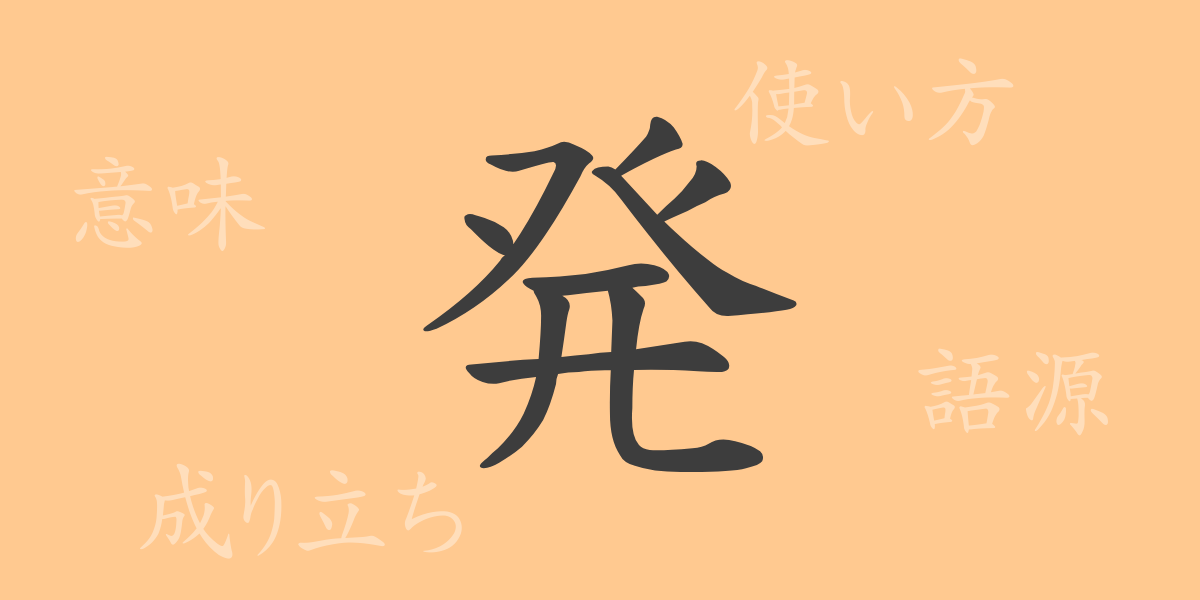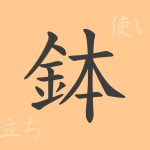In Japanese culture, kanji characters are rich in expression and depth. Among them, *”発”* (*hatsu*) is one of the commonly used *常用漢字* (*jōyō kanji*), frequently encountered in daily life. This article explores the kanji *”発”*, delving into its origins, meanings, usage, and the idioms and expressions deeply rooted in the lives of Japanese people, revealing its captivating aspects.
Origins of 発 (Etymology)
The kanji *”発”* traces its origins back to ancient Chinese oracle bone script. Originally, it was used to mean “to shoot” or “to launch,” symbolizing the act of shooting an arrow. Over time, its usage expanded to represent moments of initiation, such as “beginning” or “departure,” signifying the start of something in motion.
Meanings and Usage of 発
In modern Japanese, the kanji *”発”* generally signifies actions like “to begin,” “to issue,” or “to depart.” It also denotes acts of creation, such as in *”発見”* (*hakken*, “discovery”) or *”発明”* (*hatsumei*, “invention”). It is often used as a prefix to verbs and nouns to indicate the commencement of an action or event.
Reading, Stroke Count, and Radical of 発
Here are the basic details about the kanji *”発”*:
- Readings: On’yomi (音読み) readings are “ハツ” (*hatsu*) and “ホツ” (*hotsu*), while Kun’yomi (訓読み) readings include “たつ” (*tatsu*), “あばく” (*abaku*), and “おこる” (*okoru*).
- Stroke count: It consists of 9 strokes.
- Radical: The radical is 癶 (*hatsugashira*), which resembles the top part of the character.
Idioms, Phrases, and Proverbs with 発 and Their Meanings
The kanji *”発”* is found in numerous Japanese idioms, phrases, and proverbs, each carrying unique meanings and nuances. For instance, *”発展”* (*hatten*) indicates progress or development, *”発病”* (*hatsubyō*) refers to the onset of illness, and *”一触即発”* (*isshoku sokuhatsu*) describes a situation where a slight trigger could lead to a major incident. These expressions highlight the essence of *”発”* as representing the moment of starting or advancing to a new stage.
Conclusion on 発
The kanji *”発”* inherently symbolizes moments of movement and the emergence of new discoveries, as indicated by its form. It plays a vital role in numerous idioms and phrases in Japanese, actively contributing to the language. Understanding the rich meanings embedded in this single character enhances our appreciation of the depth of expression found within the Japanese language.

























